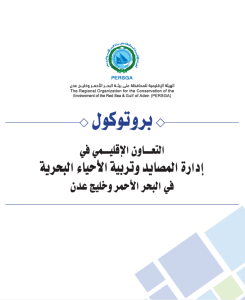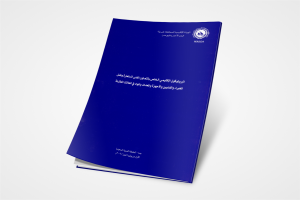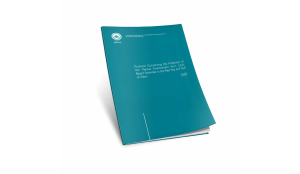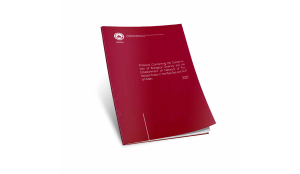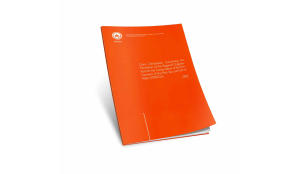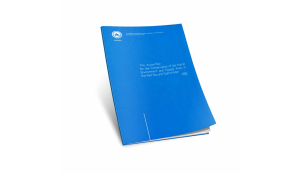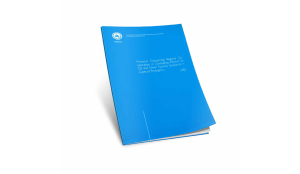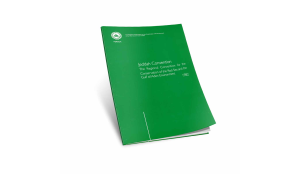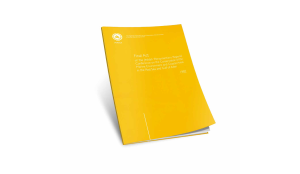While, as the case in all international and regional conventions, the Jeddah Convention is a legally binding document, it does not include specific control measurements and actions. Hence, the mechanisms of developing associated protocols allow countries for a wide range of actions to be agreed upon on specific problems.
As marine pollution by oil and other harmful substances is an urgent and important issue in the region, the “Protocol Concerning Regional Cooperation in Combating Pollution by Oil and Other Harmful Substances in Cases of Emergency” was signed along with Jeddah Convention in February 1882.
The Convention, the Action Plan and the Protocol entered into force in August 1985. The following are the parties of the Jeddah Convention: Djibouti, Egypt, Jordan, Saudi Arabia, Somalia, Sudan and Yemen.


